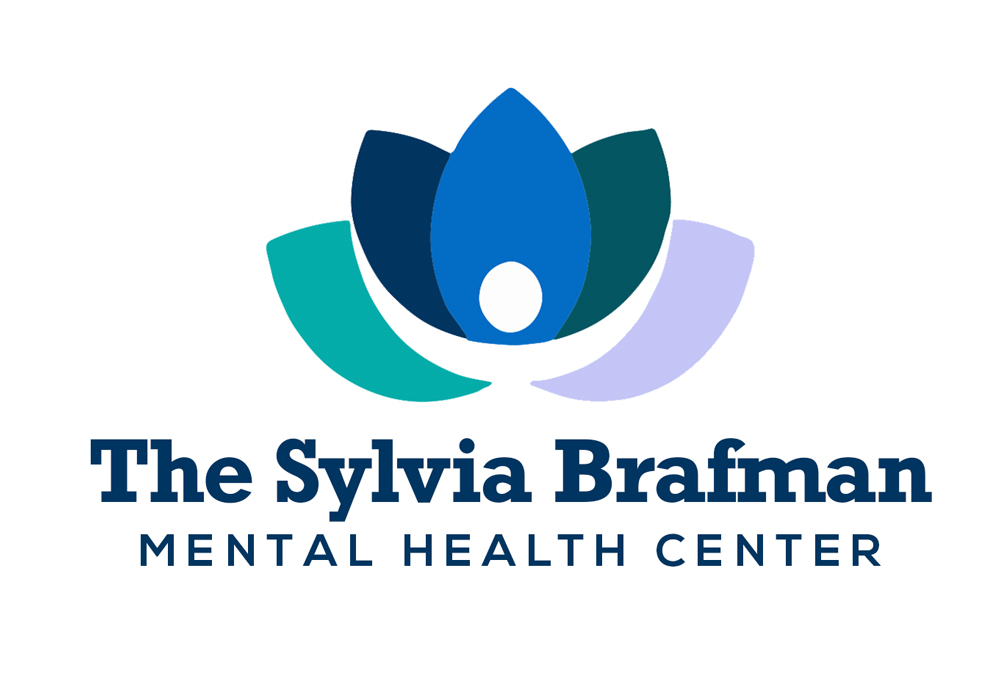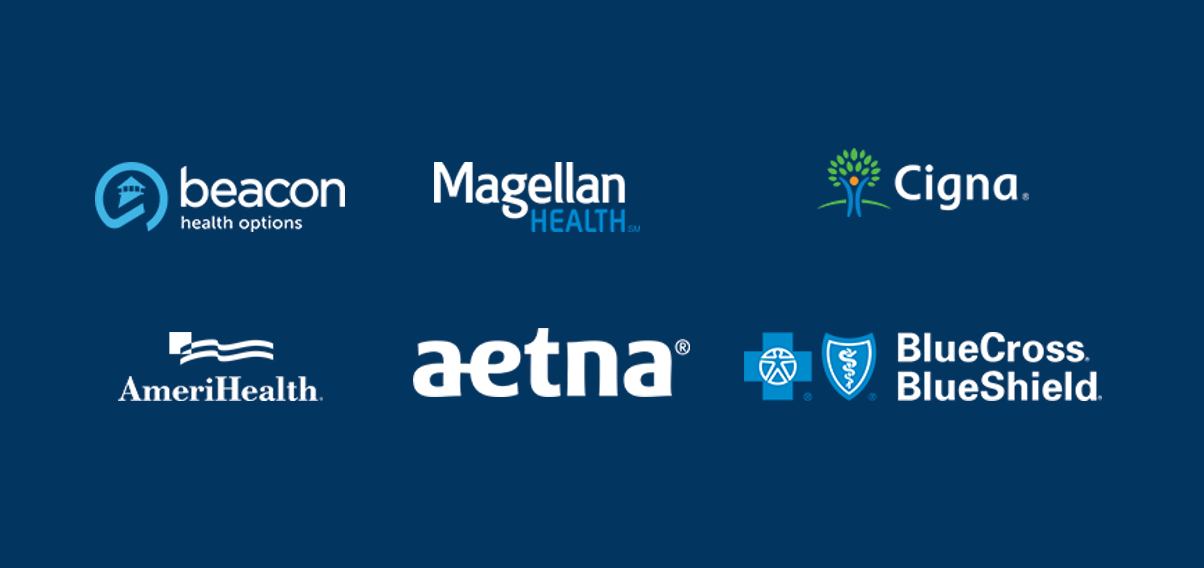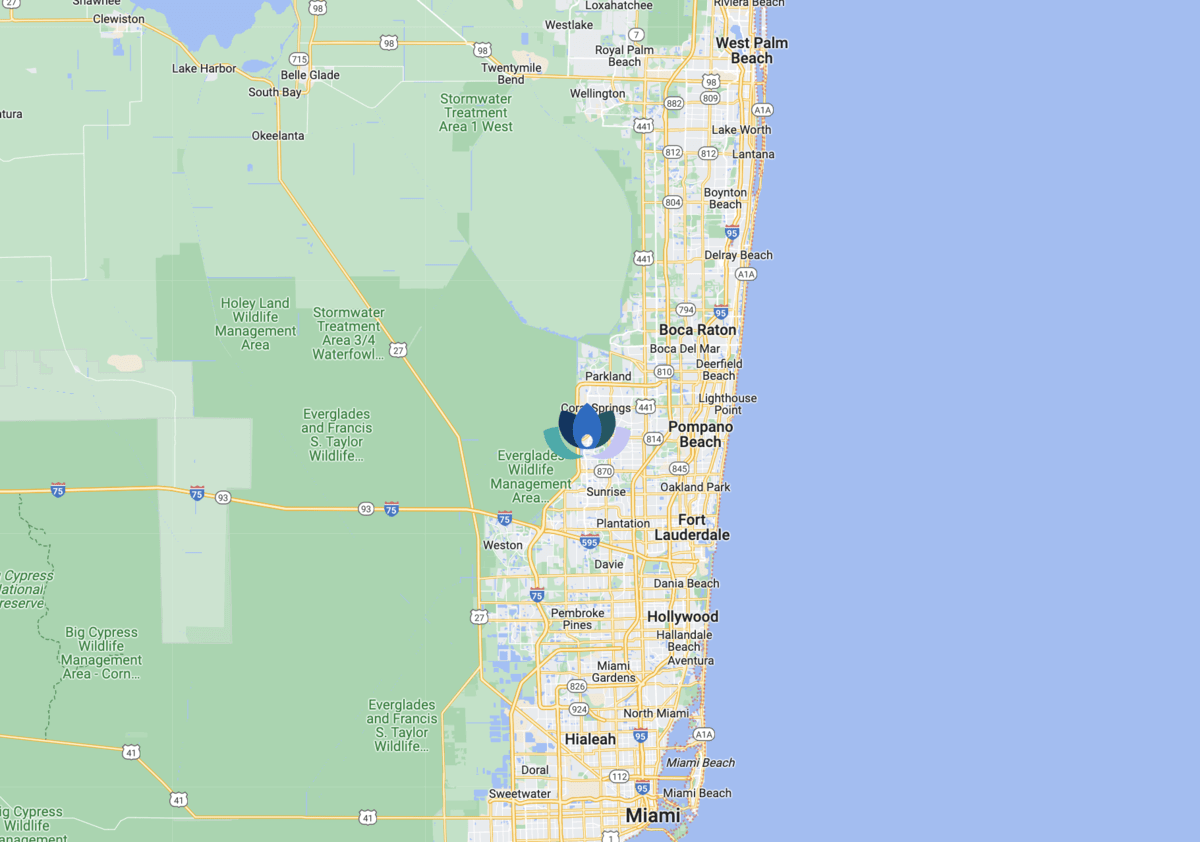If you’re exploring mental health treatment options in Broward County, South Florida, and are worried about the costs, The Sylvia Brafman Mental Health Center is here to guide you. We understand that the financial aspect can sometimes be a barrier, and we’re committed to making the process of understanding costs as simple as possible. Our team will walk you through the costs associated with various types of treatment programs and therapies, whether you have health insurance or not.
We provide a range of services including individual therapy, group therapy, residential treatment, intensive outpatient programs (IOP), and partial hospitalization programs (PHP). These treatments cater to a variety of mental health disorders such as depression, anxiety, bipolar disorder, and more. Each type of treatment and therapy comes with its own set of costs, and we’re dedicated to helping you navigate these details. At The Sylvia Brafman Mental Health Center, we believe in making quality mental health care accessible and affordable for everyone, regardless of their financial situation or insurance status.









